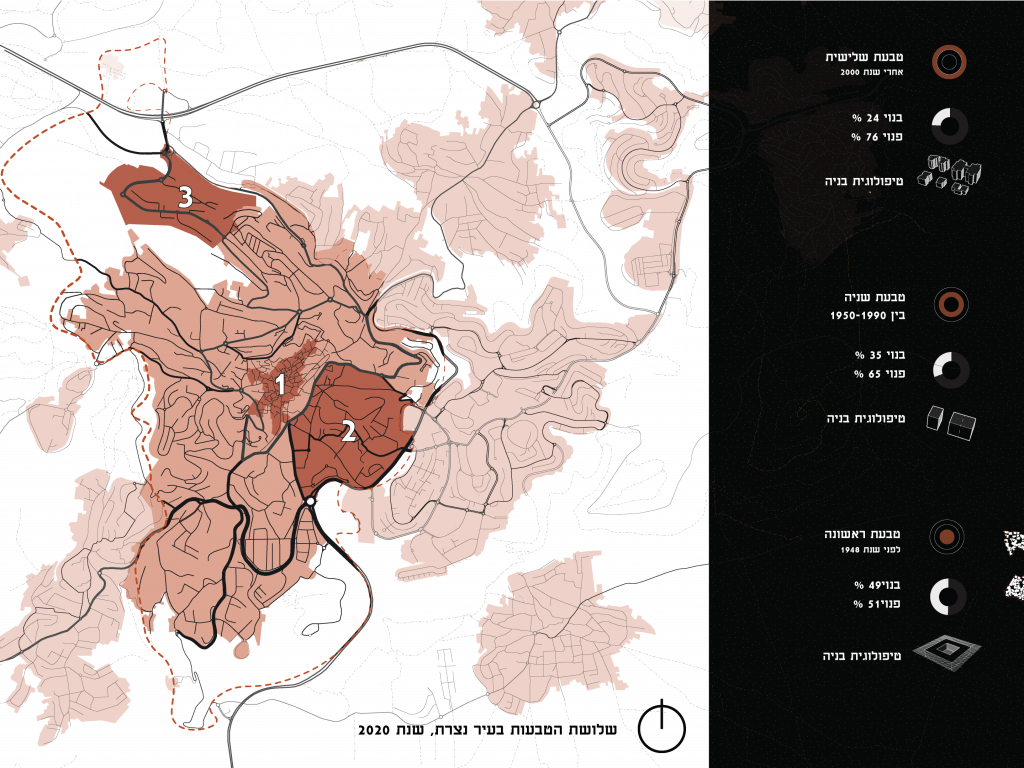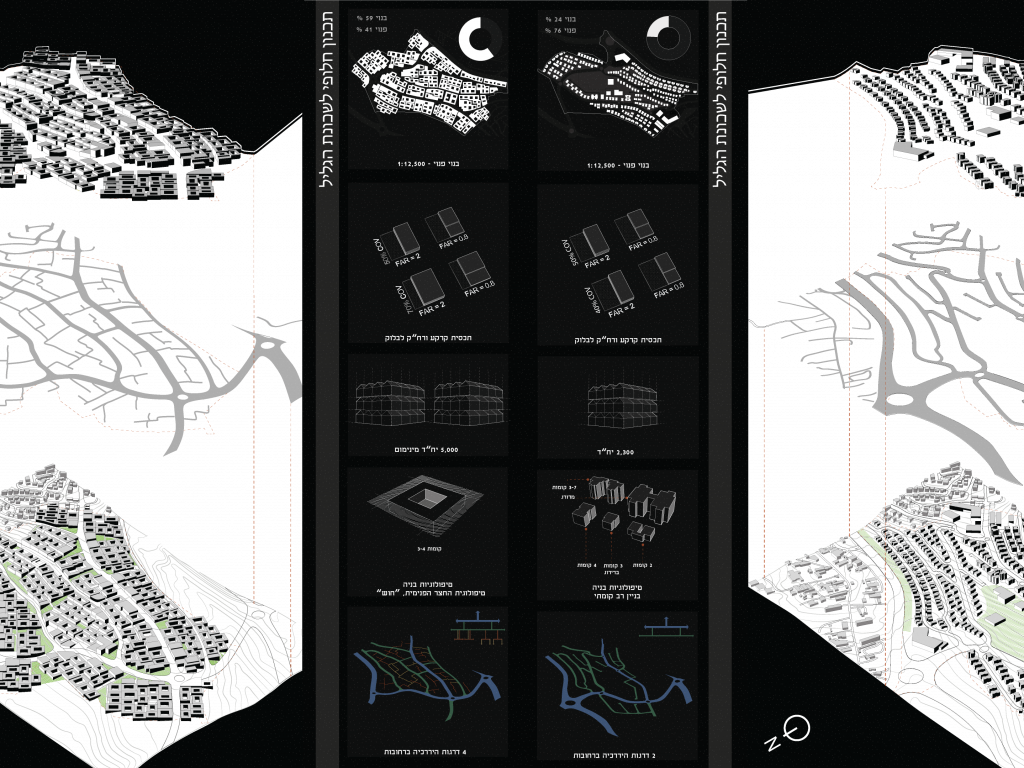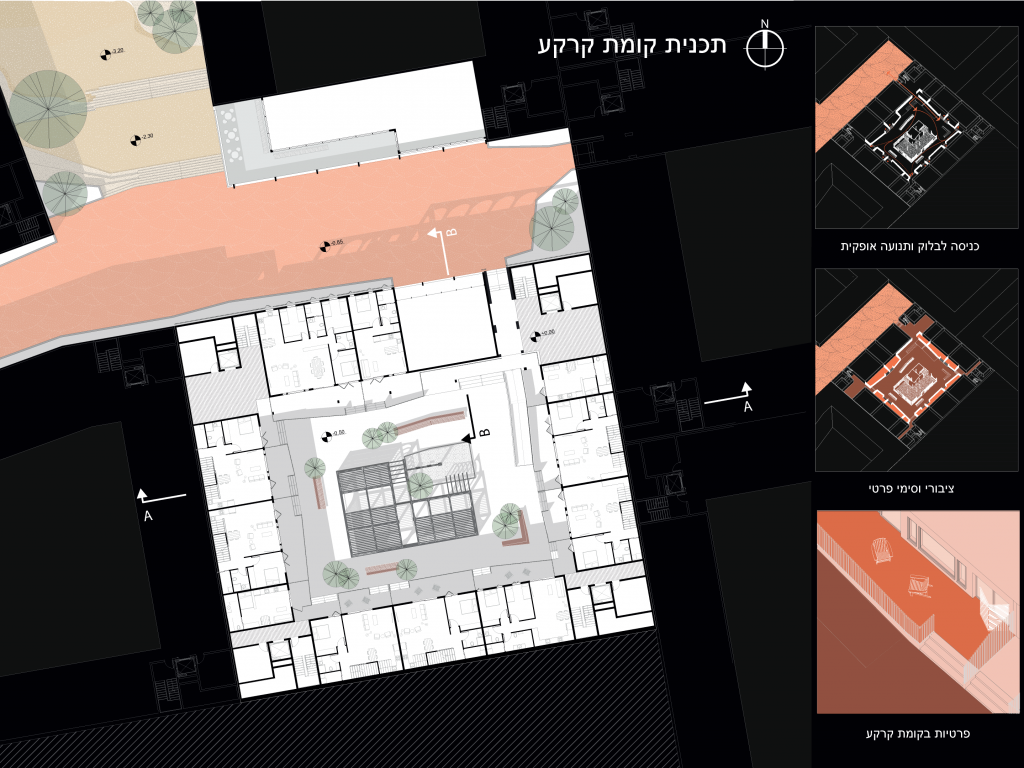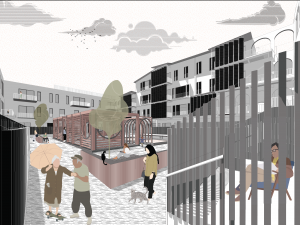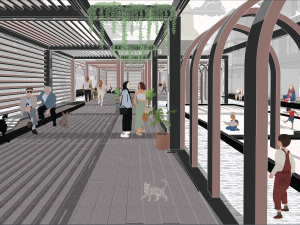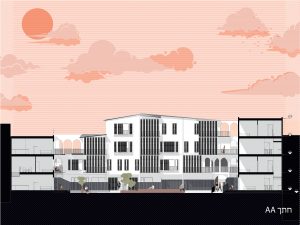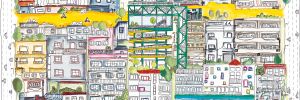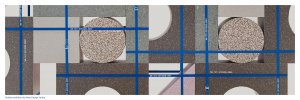“Custom Made” Urbanism
Arab Palestinian towns and cities in Israel have had to develop their communities and address the natural growth of their populations through a process of self-organization. This was due to both the Israeli government’s neglect of their urban planning, and the government’s limitations on their expansion and development. Until the early 2000s, the only planning actions that were taken by Arab towns were the imposition of planning instructions and general construction rules within their communities. After the Second Intifada, the government began preparing new plans intended to regulate the urban development of these towns.
The creation of succeeded in containing and controlling the informal planning process that had existed in Arab towns. But these government plans did not suit the Arab inhabitants because their processes disregarded the nature and qualities of the urban fabric that had developed over many years in the absence of formal planning. This led to a gap and a mismatch between Western-based planning perceptions and the unique characteristics of the organically developed Arab towns.
An additional issue is that most of the land in Arab towns is privately owned. With the massive increase in population since the state’s establishment and the reduction of areas allocated to Arab towns, it became necessary to address the high demand for housing through the use of these family-owned lands. A tension was thus created between the private interest and the public interest, and as a result there emerged many urban spatial problems of varying scales.
The research method in this paper is based on the understanding that, within the complex systems of self-organization, there is in fact a spatial order. This means that every complex system consists of secondary interconnected systems, which in the literature are called “design patterns”. Combining these patterns creates a language that, in turn, reflects the whole picture of the constructed environment. By using these systems as design tools, it is possible to design an infinite variety of similar environments.
The purpose of this research is to identify, analyze, and organize the design patterns that have emerged through self-organization in the eastern neighborhood and in the Old City of Nazareth, which is a clear and prominent example of an unplanned Arab Palestinian city that developed through this process. The paper combines these case studies to lay out a new urban planning strategy, which can be used as a new integrated planning tool to design environments better suited to the needs of Arab inhabitants.



